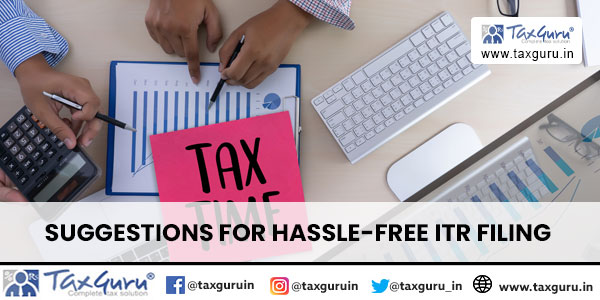We are in mid of July and due date for filing ITR is approaching very fast. July 31,2024 is due date for filing ITR for Individual/HUF/AOP/BOI (not required to audit their books of Accounts).
Necessary documents for filing ITR
There are certain documents which need to be with you while filing ITR-
1. Form 16/16A
2. AIS/TIS (it provides comprehensive details of transactions undertaken during Previous year)
3. Interest Certificates
4. Securities Transaction statement (this statement can be downloaded from your brokers app, like zerodha provides p&l and tax p&l)
5. Investment Proofs (Insurance premiums, tax saver FD, ELSS, contribution to PPF etc.)
Above are general documents. There may be specific documents for transactions like Sale of Land, lottery income etc.
New Vs Old regime
As announced in budget, new regime is the default regime from this year. It means you have to select option to file return under old regime.
You have to decide under which regime you want to file ITR. If you are well versed with IT rules, then you may make calculation accordingly, if not then don’t get disappointed. There are various sites available online which will compare your tax liability under new and old tax regime. Income tax department also provides tax calculator where you can make assessment and take informed decision. Link to access the same https://eportal.incometax.gov.in/iec/foservices/#/TaxCalc/calculator

Selection of Appropriate ITR Form
Though the Income tax portal will auto select appropriate ITR form based on the transactions, still you must be aware about various ITR forms and their applicability-
ITR- 1 – Resident Individual having income ≤ 50 lakhs from:
1. Salary/Pension
2. One house property
3. Other Sources
ITR – 2 – Income from:
1. Every income > 50 lakhs
2. Income from more than one house property
3. Capital gains
4. Holding directorship in any company
ITR – 4 – Applicable for Individual and HUFs having total income ≤ 50 lakhs from :
1. All incomes form ITR 1
2. Presumptive Income
ITR – 5 – Applicable for:
1. Firms
2. LLPs
3. AOPs
4. BOIs
To summarized, Individuals need to check conditions for ITR 1 & 2 only (if they do not have any presumptive income).
Process to file ITR
1. Gather all the information and related documents: Collect the information from various documents such as Form 16/16A, Interest certificates, Investment proofs etc.
2. Fill up the ITR form: Once the information is collected fill up the details in specified columns. Income tax department is continuously working to make ITR forms more user friendly.
3. Compute tax liability: After declaring all the incomes, the form automatically computes your tax liability.
4. Pay self-assessment tax: If the advance tax and tds is insufficient against tax liability, then you need to pay self-assessment tax.
5. Submit the ITR: After completing all the above steps, verify that all the details provided is correct before submitting the form.
6. E verify the return: Now there is no requirement to sending filled ITR form to Income tax department. You may e verify the ITR using various modes such as Aadhar OTP, Net banking etc.
Conclusion
So make sure to file your returns timely to avoid penalty and interest. Over the years, ITR has appeared to be a very important document in various areas such as Loan Application, Business registration, Credit Card Application, Term Insurance, Visa Application etc.




